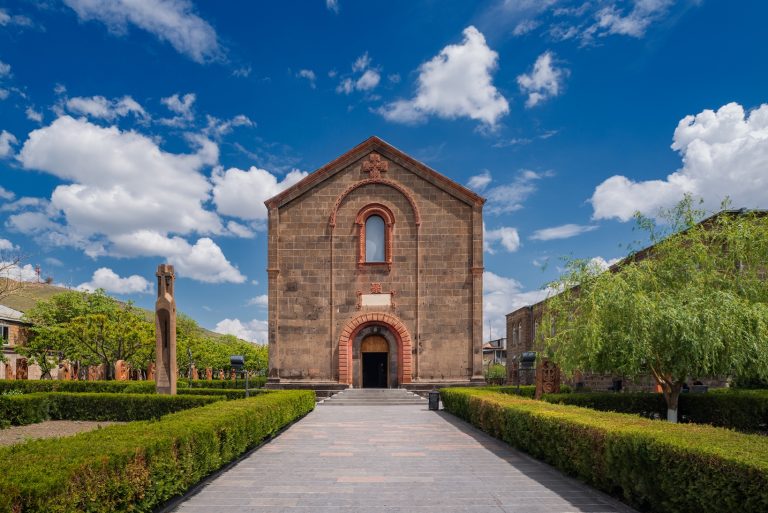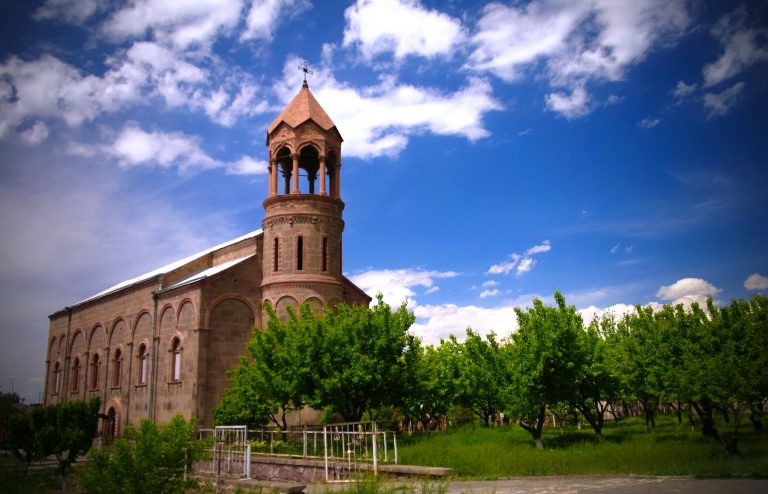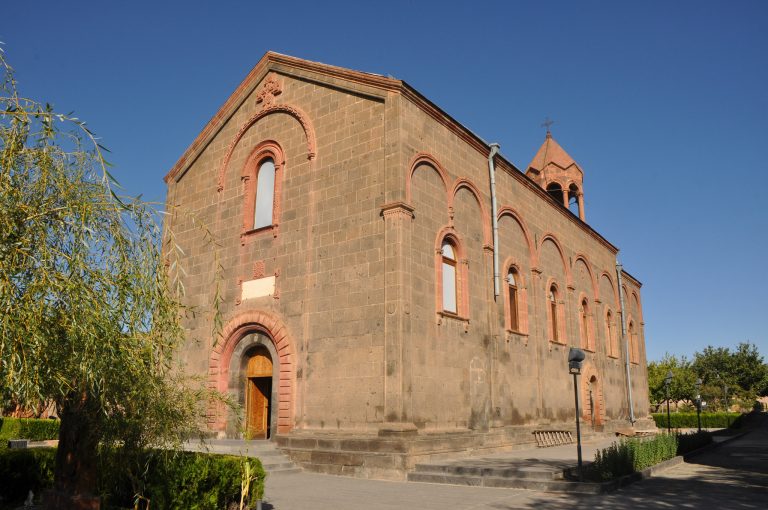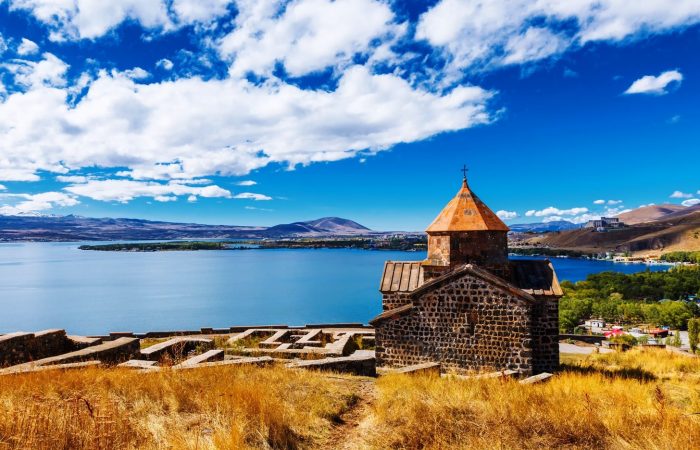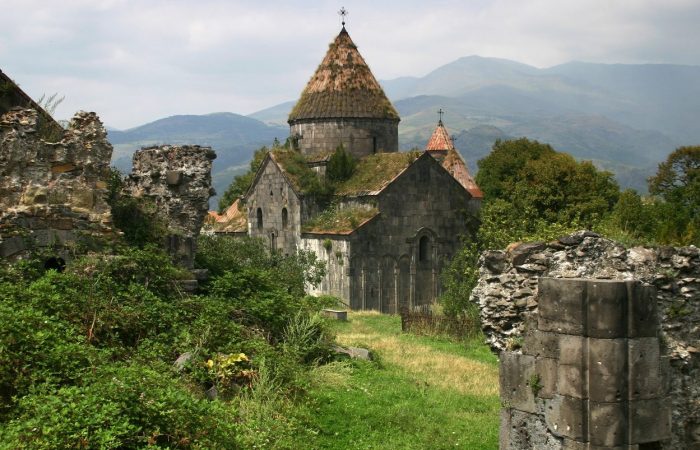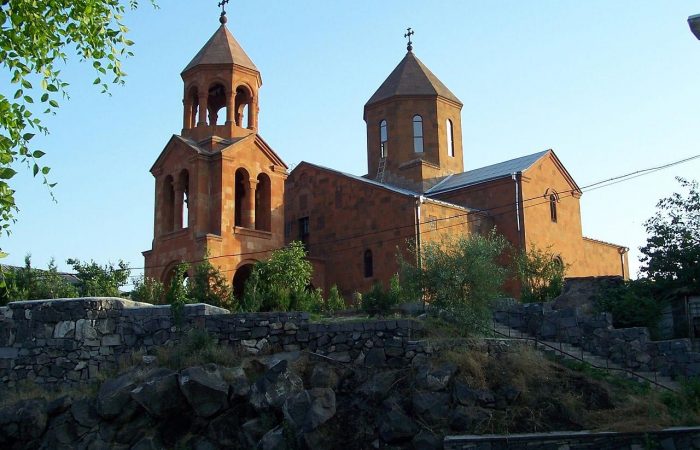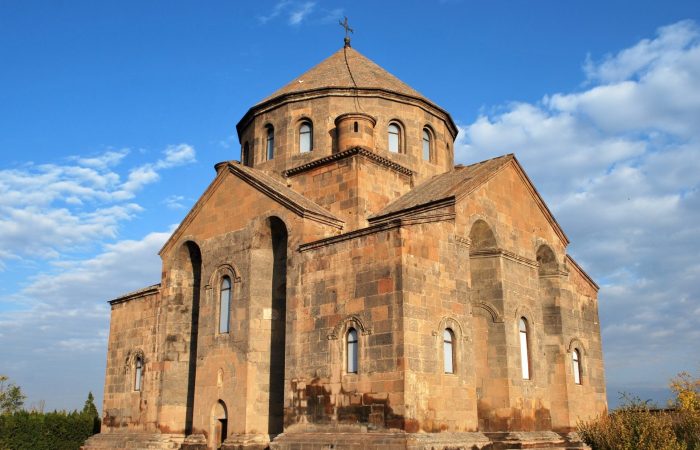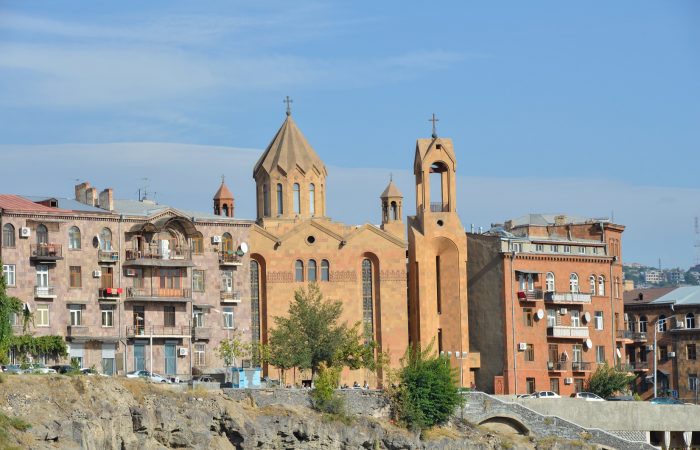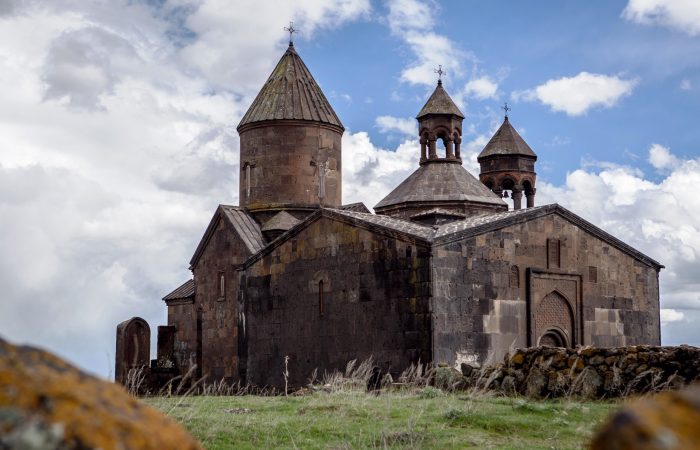Oshakan - Journey to The Armenian Alphabet
Churches in Armenia can be unofficially divided into two categories, those that are often visited by foreign tourists and those that are a common destination for locals. Oshakan Church, currently named St. Mesrop Mashtots, belongs to the second category. The reason for such division is the following. Oshakan Church is beautiful, but it possesses a more spiritual importance than a scenic one.
Oshakan Church was built in 5 AD. It’s located in Oshakan village (only 25 km away from the capital city Yerevan), Aragatsotn region. The church and the village are one of the most common destinations for Armenian pilgrims. There is also a big number of foreign tourists that are interested in Armenian historical and cultural heritage.
Sometimes, it is said that the main history of the church spans from 5th to 19th century. Obviously, it isn’t the history of construction or the functioning, as it serves for religious purposes even now. This is how it all happened.





